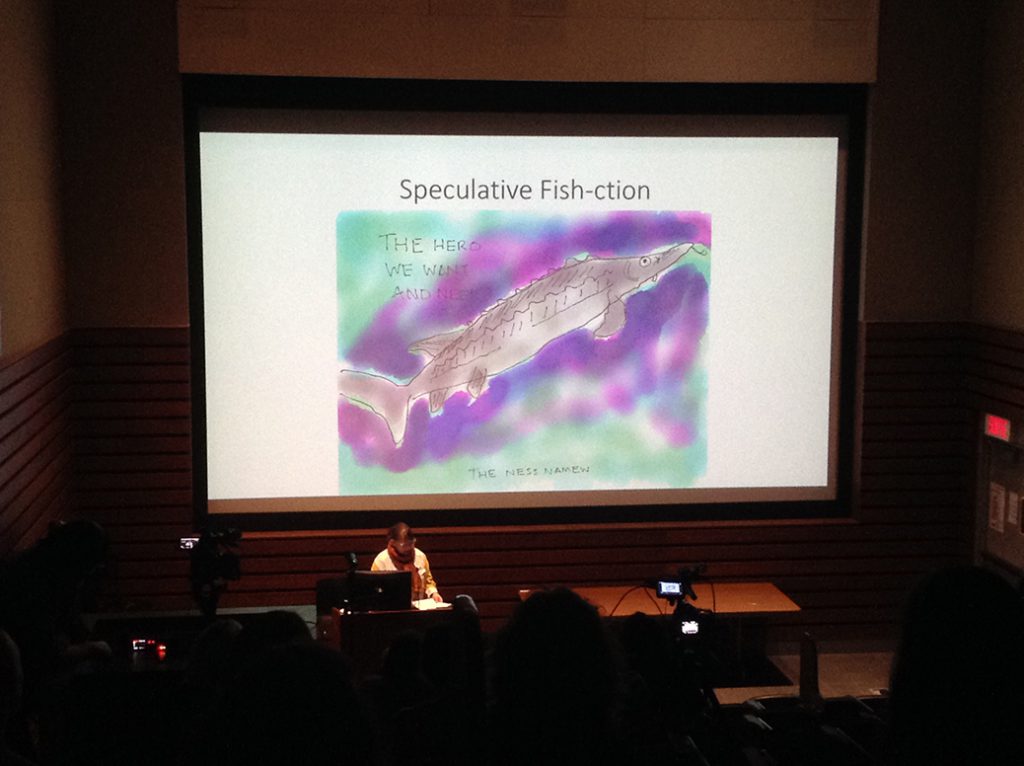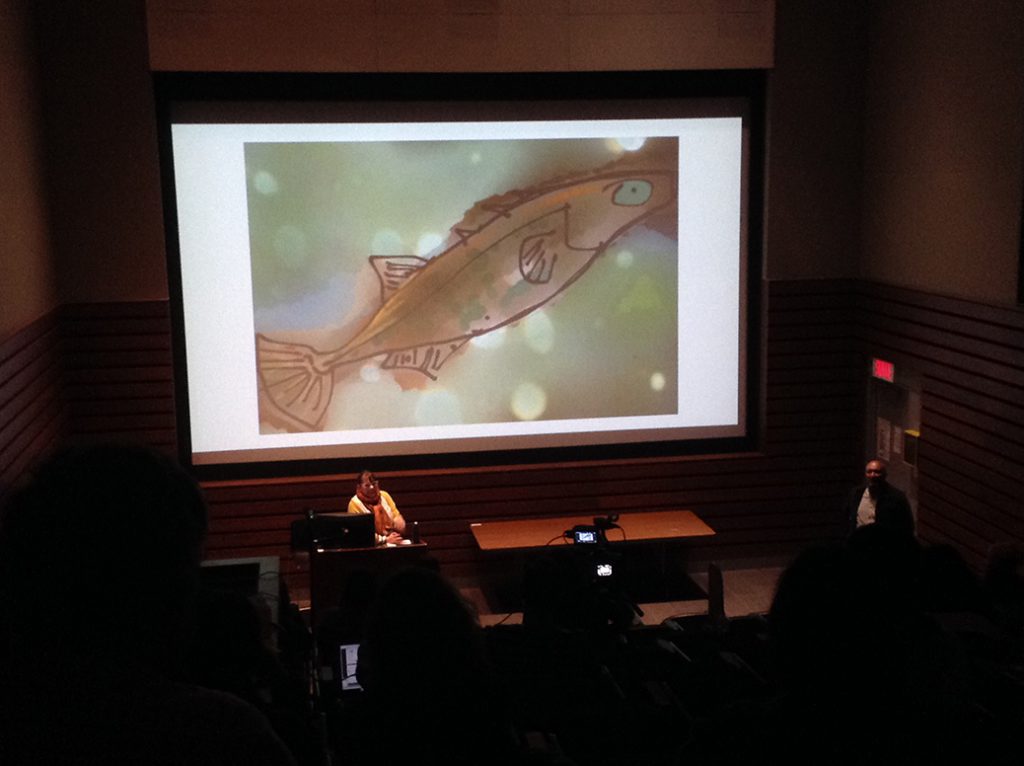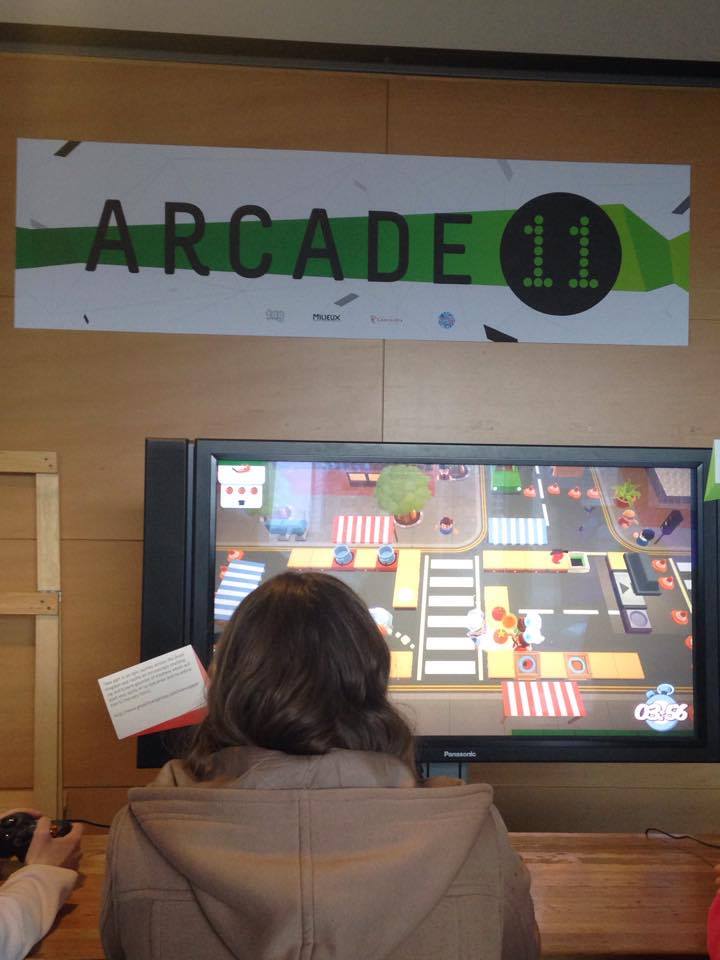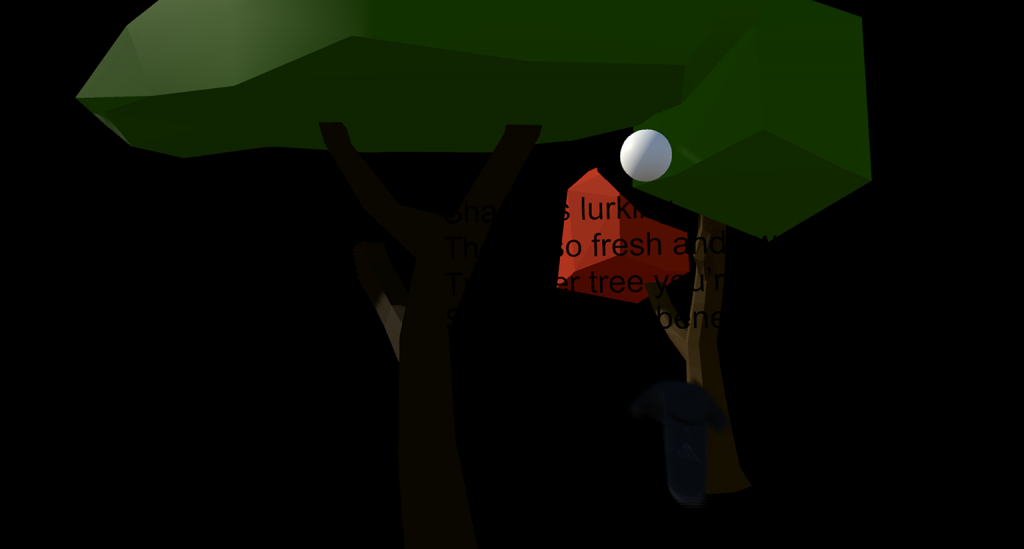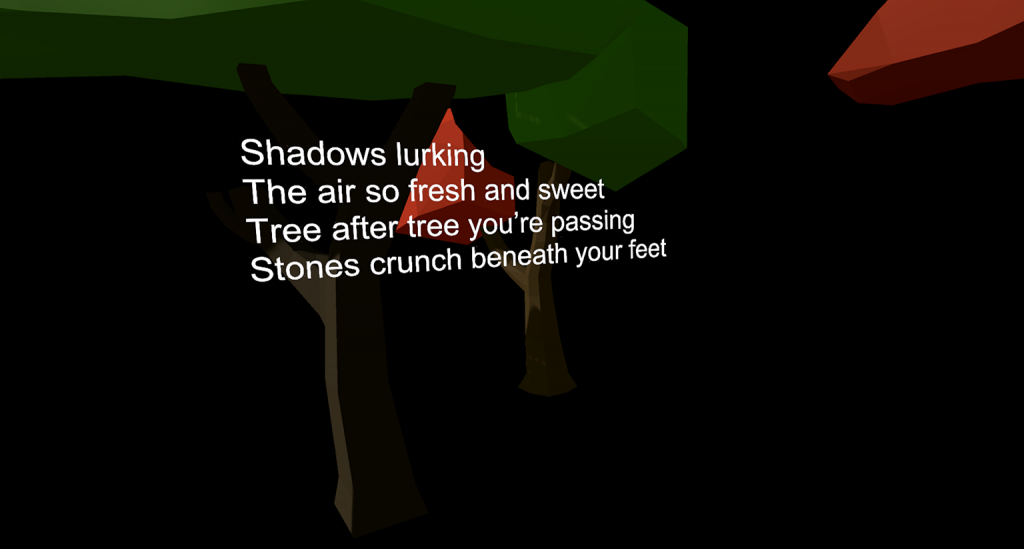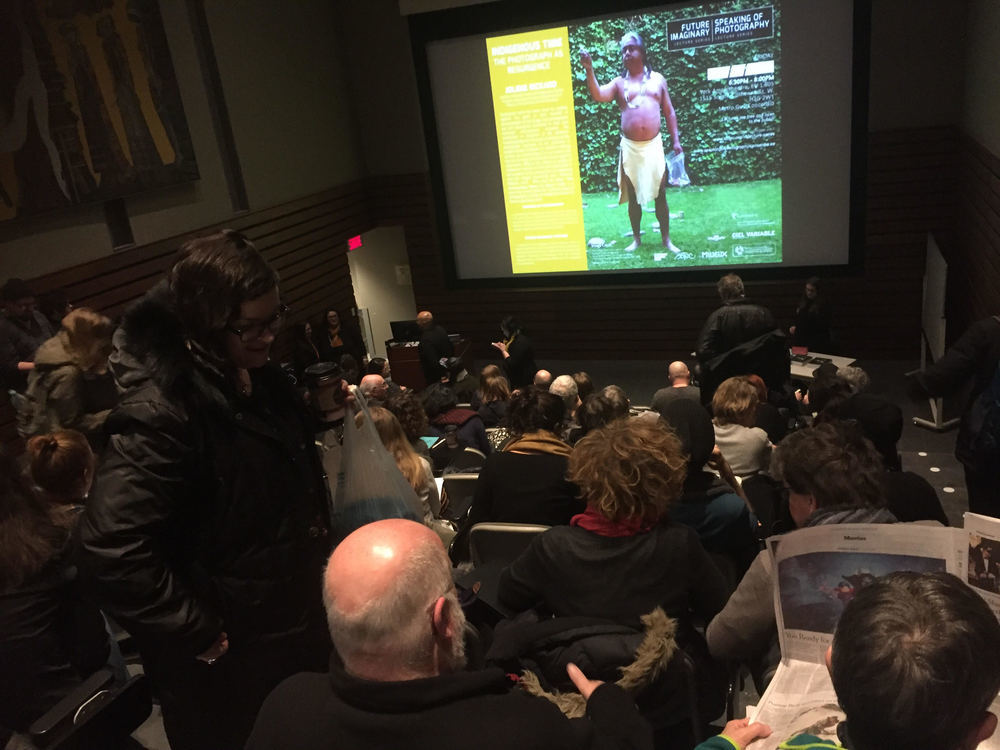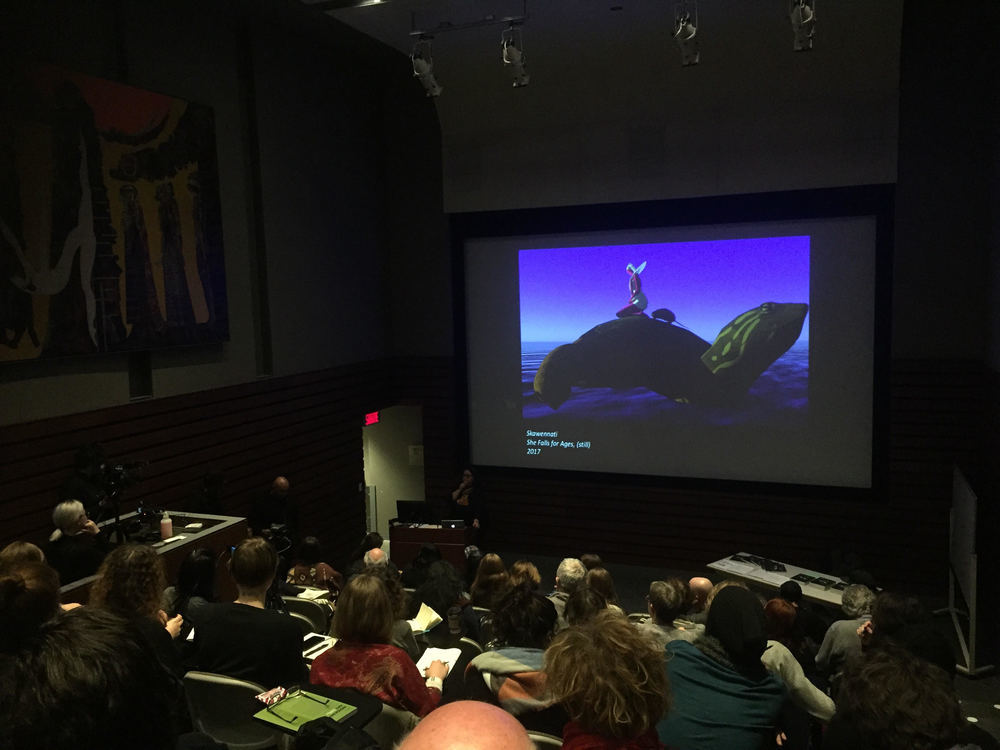Initiative for Indigenous Futures partners with Hawaii’s Kanaeokana Network for Skins 5.0
by Dion Smith-Dokkie
May 30, 2017
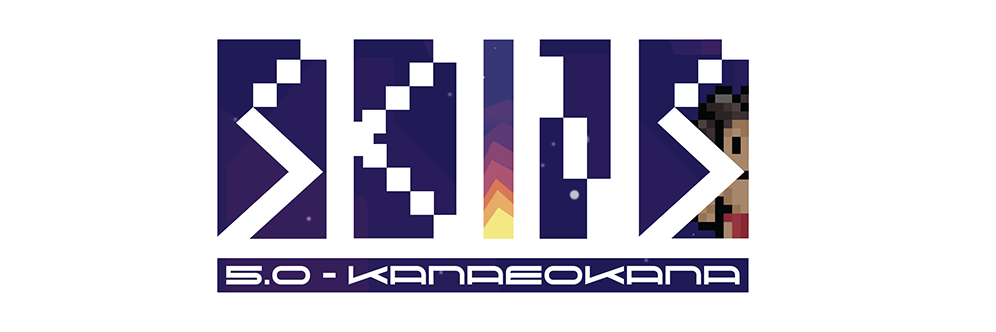
Montreal, Quebec – The Initiative for Indigenous Futures (IIF) and Aboriginal Territories in Cyberspace (AbTeC) have partnered with Hawaii’s Kanaeokana Network to produce the fifth iteration of our acclaimed Skins Workshops on Aboriginal Storytelling and Video Game Design [Source]. Skins 5.0 will be delivered as a free, three-week workshop for native Hawaiian participants held in Honolulu from July 17, 2017 until August 4, 2017.
IIF is a partnership of universities and community organizations dedicated to developing multiple visions of Indigenous peoples tomorrow by enabling artists, academics, youth and elders to imagine how we and our communities will look in the future. IIF was co-founded by AbTeC, a network of academics, artists, and technologists who create Aboriginally-determined territories within the webpages, online games, and virtual environments known as cyberspace. Both organizations are based at Concordia University in Montreal, Quebec.
Skins is a digital media workshop for Indigenous youth offered by IIF. Participants learn different ways of using digital media and create things such as machinima – computer-generated films – and also video games.
“Skins is uniquely positioned to provide a culturally relevant, technology-based experience to Indigenous youth,” notes Jason Edward Lewis, Director of IIF and? co-director of AbTeC. “Students are guided to hold, adapt, and engage with their cultural knowledges as both recipients and creators. Our goal with the Skins workshops is to empower Indigenous youth both as individuals navigating a technology-saturated world and as members of contemporary Indigenous nations and societies.”
Skins’ curriculum first asks students to reflect on their relationship with traditional storytelling. With this knowledge, students can then imagine new ways to tell these stories, such as virtual environments and video games. Moving forward, the workshop focuses on skills that are necessary for videogame and virtual environment creation, such as game design, art direction, 3D modeling and animation, sound, and computer programming.
AbTeC has facilitated four other Skins workshops, beginning in September 2008. An interdisciplinary team including game-industry professionals, artists, support staff and Aboriginal mentors guide students through the intensive curriculum. The result of everyone’s hard work is a playable videogame, representing knowledge transmission, translation, and immersion.
Skawennati, artist and co-director of AbTeC, further notes, “we want youth to come away from this experience with a deepened understanding of themselves as co-creators of their shared identity and culture. Another aim of Skins is teaching skills such as game design and programming, which are in turn used as ways to Indigenize media that are relevant to youth. In this way, our youth are well positioned to direct their futures.”
IIF and AbTeC personnel will work with members of the Kanaeokana Network to deliver the workshop. Students will draw on a shared mo’olelo, or story, that they have chosen together. The partners intend to “facilitate workshops and similar projects in the future, with the goal of creating generational abundance,” writes Kanaeokana co-founder Kamehameha Schools [Source]. This intention will ensure that Skins 5.0 cultivates intergenerational, intracultural exchange. IIF and AbTeC are thrilled by our current collaboration and look forward to spending time with the participating youth.
For more information on Skins 5.0, visit the workshop’s blog at http://skins.abtec.org/skins5.0/. The team will be providing updates on the workshop’s progress, course materials, and reflections on the experience.
For more information about the Initiative for Indigenous Futures and Aboriginal Territories in Cyberspace, visit https://indigenousfutures.net/ and http://abtec.org/.

